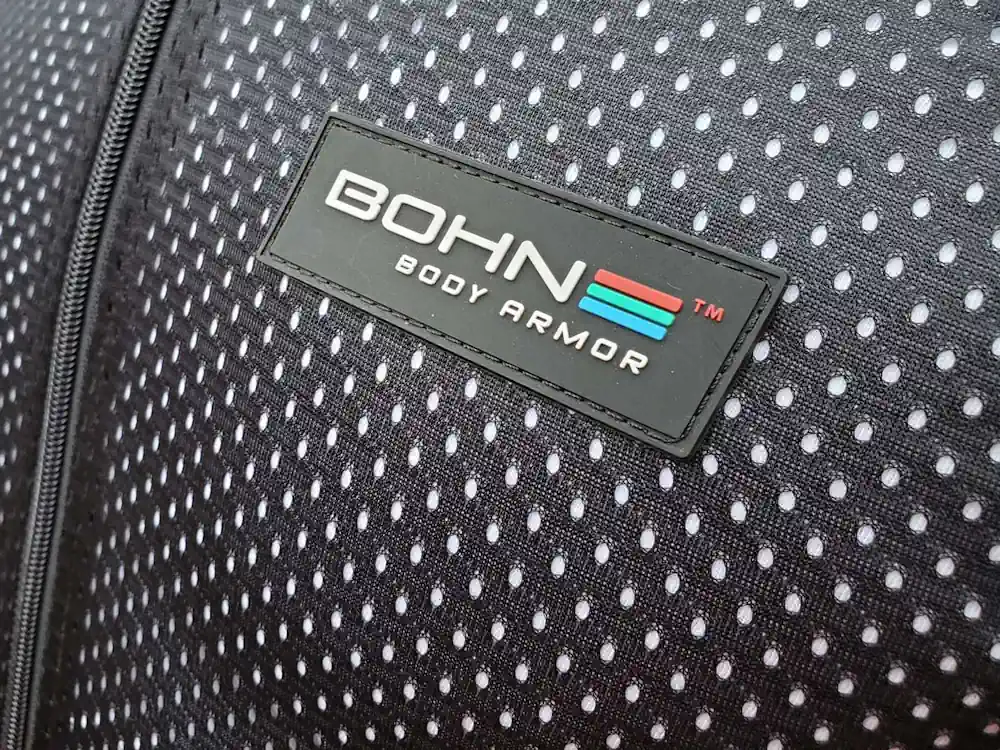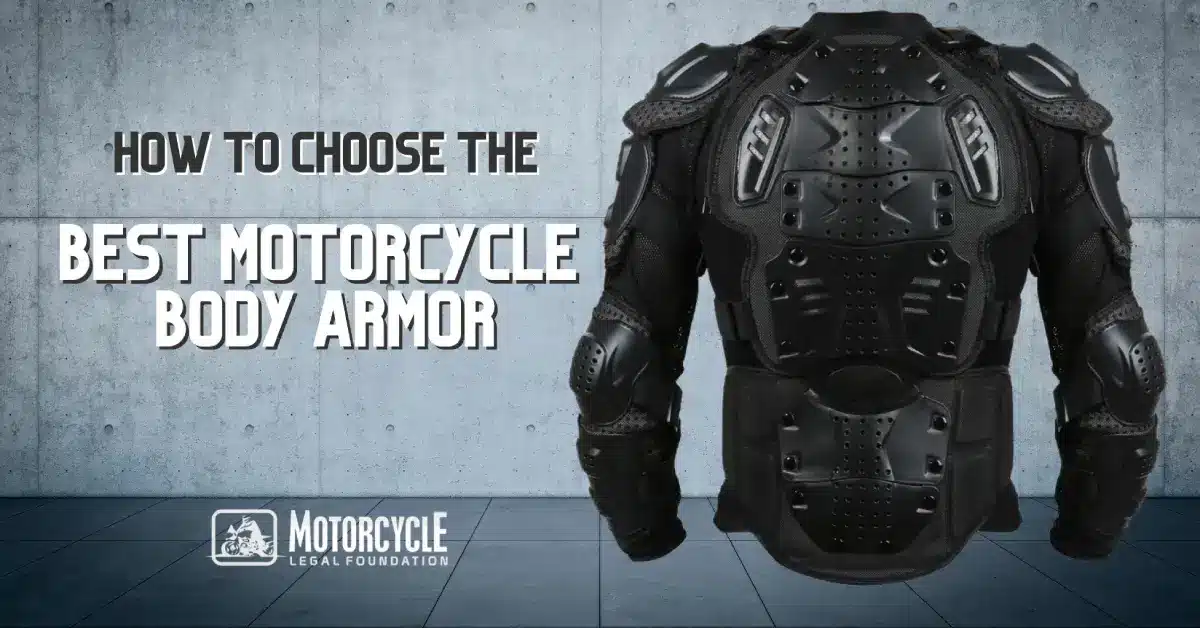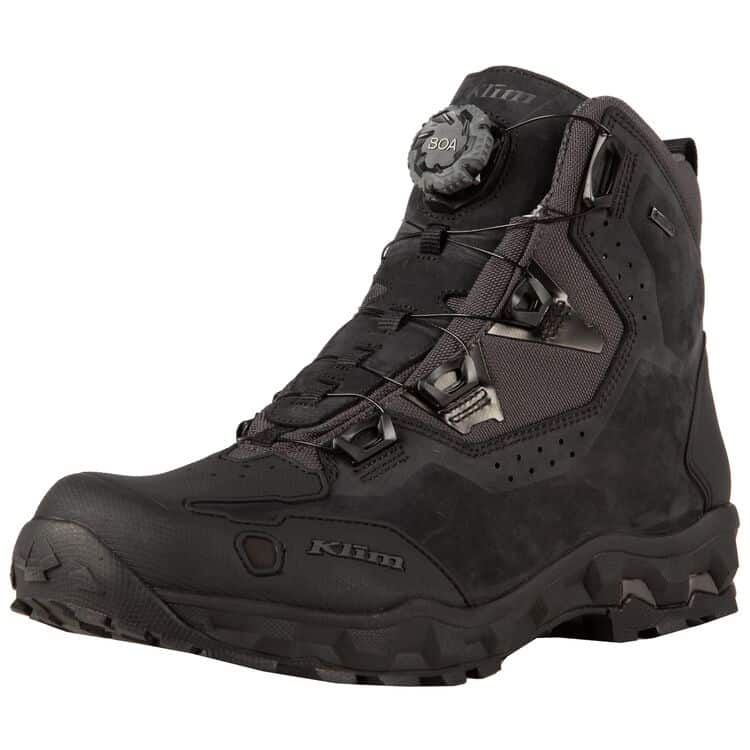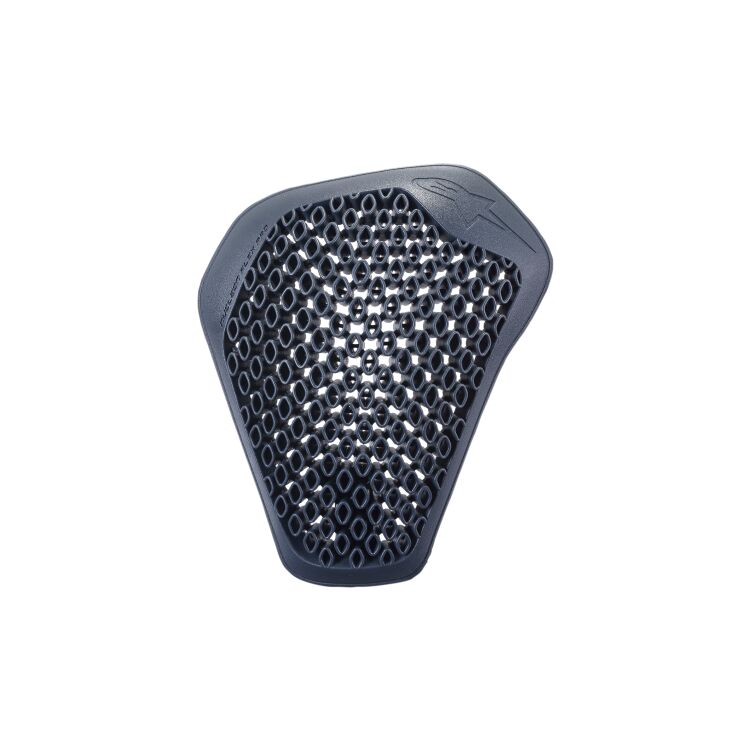Riding a motorcycle is a thrilling experience, but it’s also a risky one. One of the best ways to protect yourself while on the road. Properly choosing quality protectors can make the difference between life and death.
This article will discuss the different types of motorcycle body armor available and provide recommendations for the best motorcycle body armor and protective jackets on the market.
ATGATT – All the Gear, All The Time
ATGATT, or “All The Gear, All The Time,” is a popular acronym among motorcyclists. It refers to wearing all of the protective gear recommended for motorcycle riding at all times, no matter how short the ride. This includes a helmet, gloves, boots, and, of course, protective armor.
Adopting an ATGATT mindset is crucial for any rider’s safety. Motorcycles offer little protection in a crash, so wearing protective gear can make all the difference. It can help to reduce the severity of injuries and, in some cases, even save lives.
While some riders may be tempted to skip protective gear for short trips or warm weather, it’s important to remember that accidents can happen anytime. By committing to ATGATT, riders can ensure they are always prepared for the worst.
ATGATT is a crucial aspect of motorcycle safety. By wearing all the recommended protective gear at all times; riders can significantly reduce their risk of injury and increase their chances of walking away from an accident unscathed.
Why Is It Important to Use Motorcycle Body Armor?
Motorcycle body armor is a piece of motorcycle safety gear that is often forgotten and rarely discussed. Yet, helmets are usually the most critical element because they protect your head and neck, the highest protection priority. Riding with the right type of helmet directly correlates with your chances of surviving a motorcycle accident, but what about other protective gear?Jackets, gloves, riding pants, and suits are all items that contribute to saving your skin, protecting your bones, and preventing significant sprains in the event of an accident. Each of those items contains body armor in some fashion. However, high-density foam paired with carbon fiber or Kevlar composite abrasion panels is motorcycle safety gear’s most prominent body armor. They will provide impact and abrasion protection to all major and minor joints with the highest impact potential during an accident.
Can A Motorcycle Body Armor Really Protect You?
There will always be a question about the effect of motorcycle-specific riding gear and whether body armor does make a difference. Although there are not many studies about the effectiveness of body armor, there is no argument that motorcycle body armor does provide more protection than riding without.
We’ve known riders that have walked away from high-speed crashes on a closed course with nothing more than a bruised ego. This is because they wore internal body armor that protected them from the initial impact and the following abrasion as they slid to a halt.
Riders Testimonials

Man, where should I start? I was involved in an incident on March 28, 2021, where I was launched from my bike 50 Feet and landed like a pancake. I was fully covered neck to ankles in my Bohn apparel which worked just as you said it would on your website.
The injuries I sustained have been isolated to deep bruising and about ten 1-inch scratches on my right leg which took the impact. Due to the mechanism of the crash, the fire personnel had to cut my lower half before transporting me to the hospital so I will be ordering a new shell…

Just a word of thanks. Out on the motorbike and got involved in a head on with a car crossing my path. No impact injuries to speak of. Snapped the ankle due to a twisting action.
Recovering now. Hope to be back on the road again soon. Will always reach for Bohn Armor…
10% OFF YOUR FIRST ORDER AT REVZILLA.COM!
Big savings on top-rated motorcycle gear.
Motorcycle Armor CE Ratings
Once you start shopping for body armor, you may see a tag on the protector or the packaging mentioning a CE rating or an EN European rating. Most international brands that offer protective gear in multiple global markets label their protective armor based on a CE rating. CE stands for Conformité Européene, which translates to European Conformity. CE Marking has been used since 1993 and conforms to European motorcycle safety standards. The United States hasn’t officially adopted these standards. Still, most authorities and organizations use them as guidelines to understand the safety standard of the gear in question.
You won’t need to ride in CE Mark certified protective equipment on U.S. streets and highways, but you may be required to wear them on a closed race track. That the track or sanctioning organization running the event you’re participating in will dictate.

Manufacturers are starting to adopt an international standard that will encompass all standards worldwide. However, Europe and the U.S. have different rules and don’t completely coincide with Australia or Asia. This makes it costly and challenging to create protective gear globally, so adopting a design that would work anywhere in the world is best for the rider and the manufacturer.
Opting to buy protective gear with or without the C.E. rating doesn’t indicate that you’re buying better or worse gear. For example, an American brand that only sells in the U.S. may not design for an International brand but can still produce protective gear without additional certification. Just do your research on the specific protective equipment you are interested in, whether it’s certified or not.















